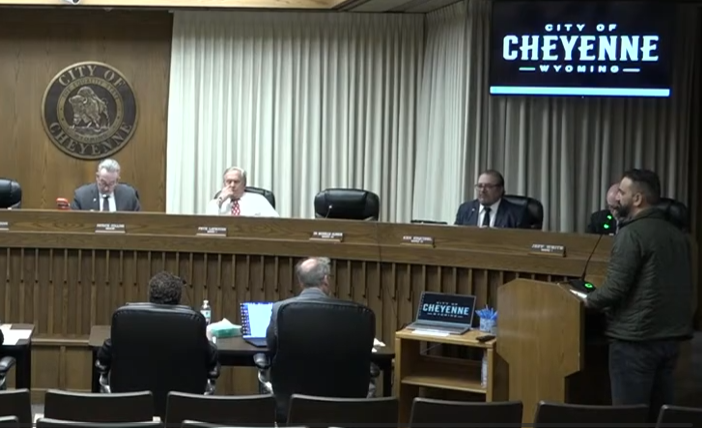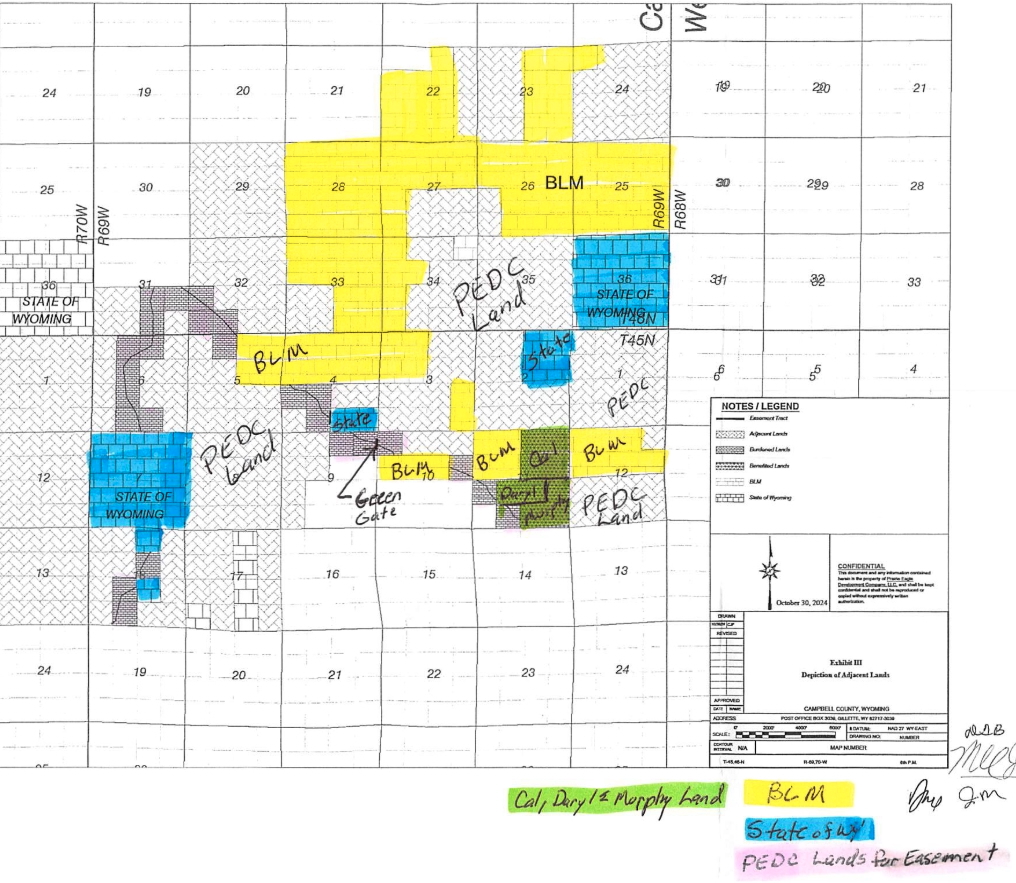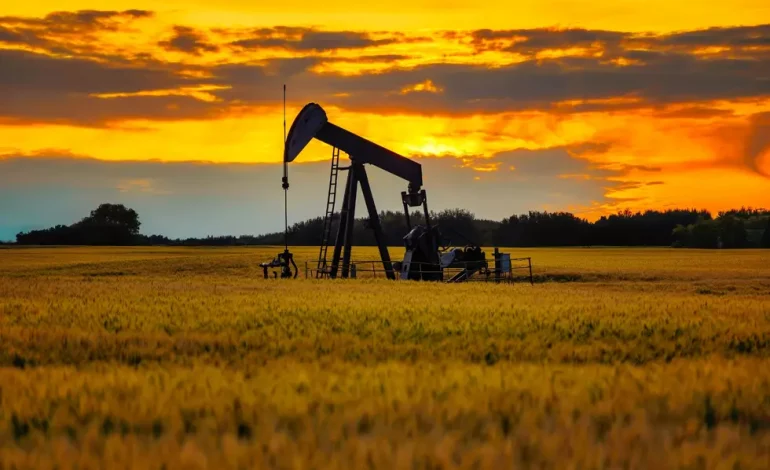The original story by Kolby Fedore for K2 Radio.
Wyoming’s latest checkup from the state’s Economic Analysis Division shows an economy leaning hard on what it knows best — energy — while trying to shake off a sluggish 2024. The topline: GDP popped, jobs inched higher, coal surprised to the upside, oil muddled through, and natural gas sagged.
The quarter’s headline stat is a meaty rebound in output. Real GDP grew at a 5.3% annualized pace in Q2, beating both the Rocky Mountain region (3.5%) and the U.S. overall (3.8%). With a small, resource-heavy base, Wyoming’s quarterly numbers can swing more than bigger, diversified economies — but this is still a bona fide bounce.
Hiring was better, not brilliant. The state added 2,600 jobs in August versus a year earlier — up 0.9%. That trails regional and national growth, a reminder that an energy-tilted labor market moves slower than service-heavy peers and stays vulnerable to price whiplash.
Energy was a mixed bag — and coal stole the show. Through July, coal production climbed 8.6% year to date, bucking the broader U.S. decline. Oil output barely grew — up 0.7% — while natural gas withdrawals fell 2.9%. Price signals weren’t exactly a tailwind: September crude averaged $63.96 a barrel, down 8.9% from last year, even as benchmark gas ticked up to $2.97 per MMBtu. Translation: coal volumes helped the scoreboard, but oil looks range-bound and gas remains under pressure.
Revenue tells a more cautious story. Sales and use taxes in the first quarter of FY 2026 (July–September) dipped 2.3% from a year ago, and severance taxes slid 4.4%. Those soft spots underscore the risk of leaning on commodities: production can rise even as prices—and tax receipts—don’t cooperate.
Two big takeaways stand out. First, Wyoming’s economy is rebounding faster than the region and nation on paper, thanks largely to energy and industrial activity. Second, that momentum is lopsided. Stronger coal can’t mask slow oil growth and shrinking gas, and the state’s revenue picture reflects that reality. For now, Wyoming’s resilience is real — but so is its exposure to fossil fuel swings.
The full, chart-heavy report is up now on the Economic Analysis Division’s website.










The latest news in your social feeds
Subscribe to our social media platforms to stay tuned